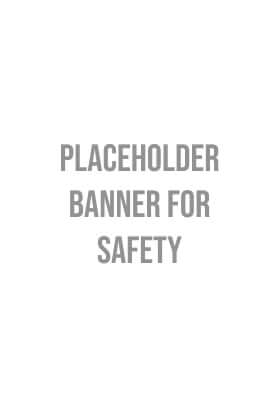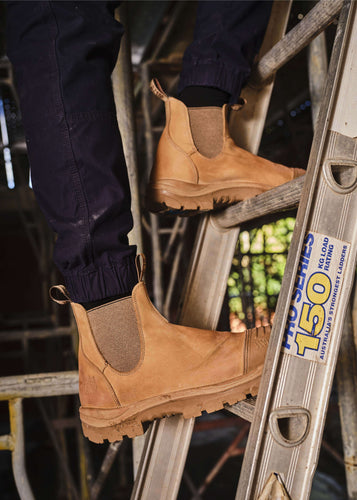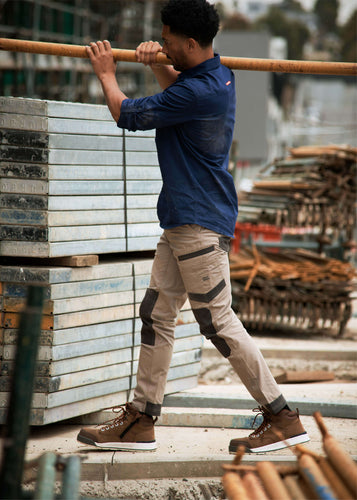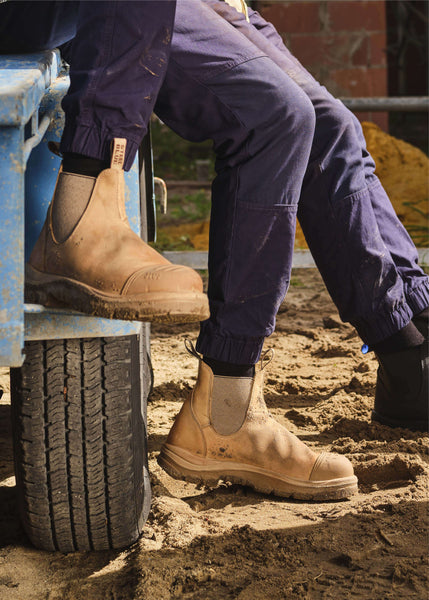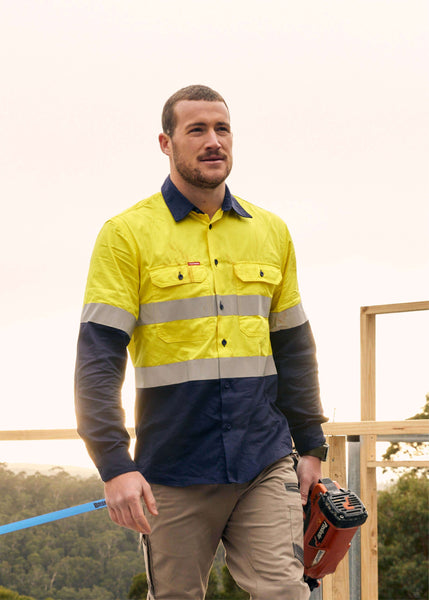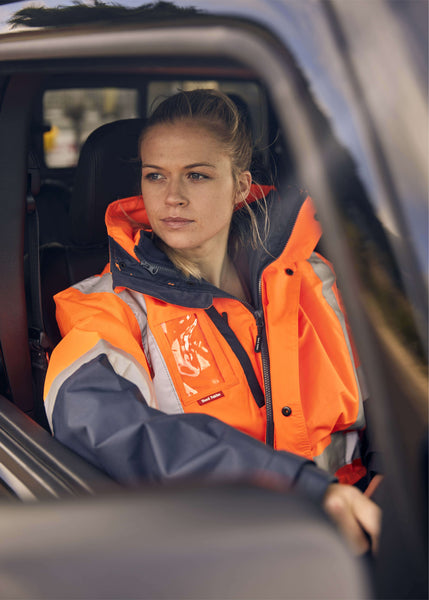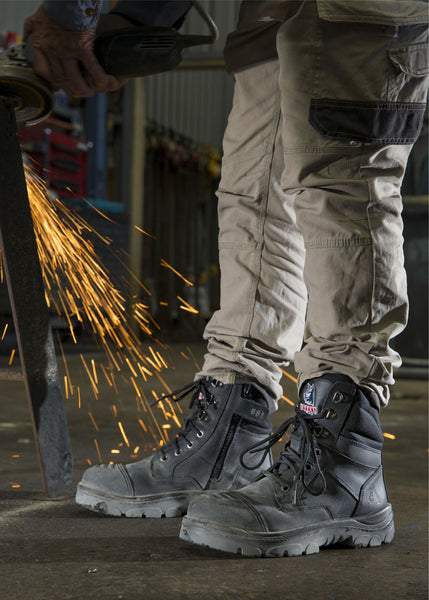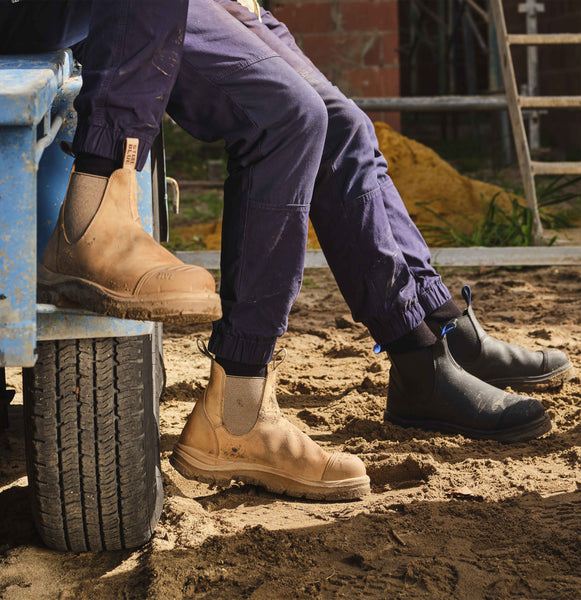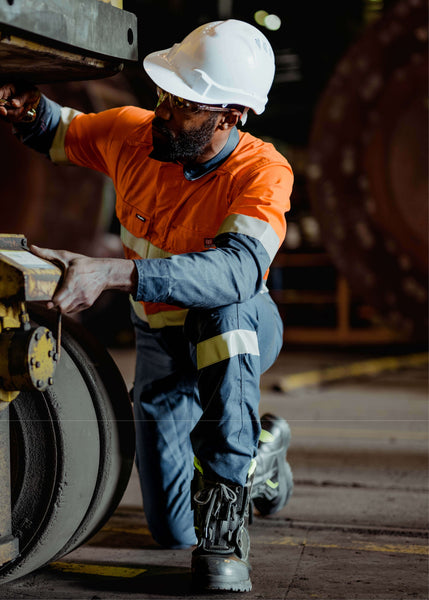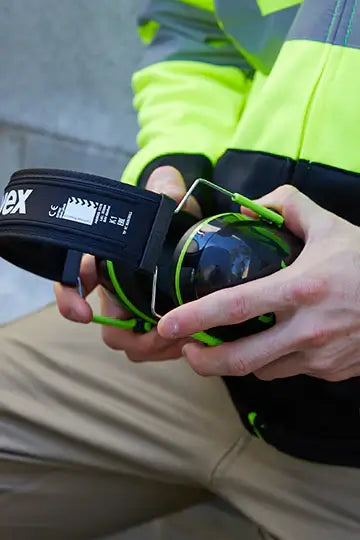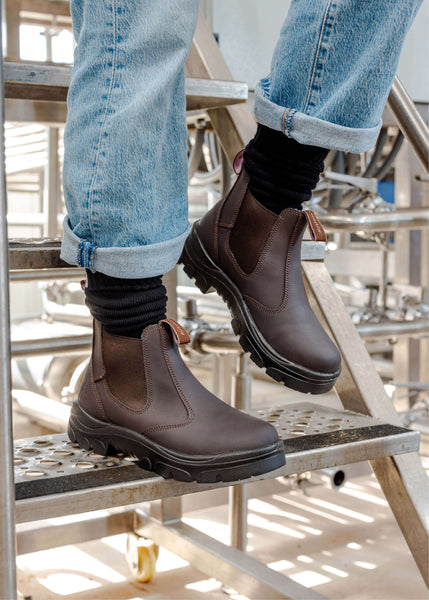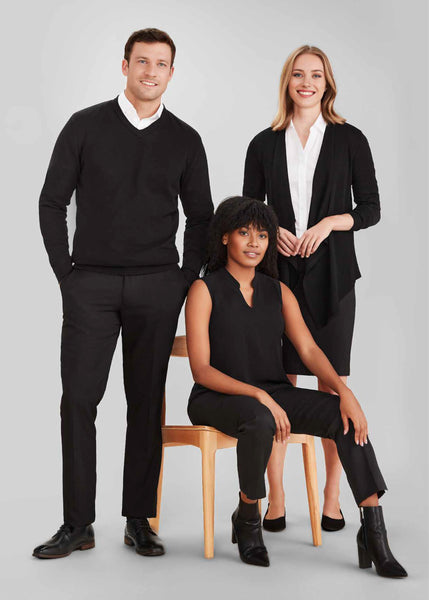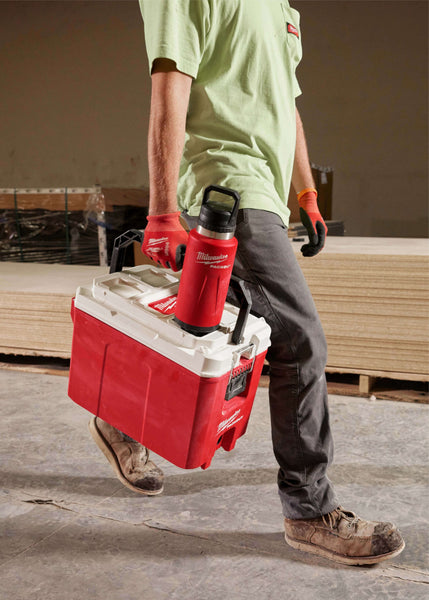When should you wear ear protection?
Noise is a common workplace hazard that’s a leading cause of hearing loss. It’s a major problem for tradies in particular, with a recent article published by The Sydney Morning Herald highlighting that more than half of tradies over the age of 40 are now experiencing deteriorating hearing.
While it’s an unfortunate statistic, it’s a statistic that can be easily improved. The reality is that many workers don’t do anything to protect themselves from noise exposure, but the solution can be as simple as wearing ear protection.
So when should you be wearing ear protection? Let’s take a look at the relationship between sound and hearing damage and when you should be wearing ear protection.
The relationship between sound and hearing
When we’re exposed to sound, it stimulates small hair-like cells within the inner ear which send messages to the brain. Exposure to loud sounds (either suddenly or over a prolonged period) can damage those cells and lead to noise-induced hearing loss.
While some hearing loss may only be temporary, repeated or prolonged exposure to loud noise can affect your ears ability to recover and lead to permanent hearing loss which can’t be cured and may even get worse over time. Some people may also suffer from tinnitus or other symptoms such as sleep disruption, difficulty concentrating, irritability and depression.
How much noise is too much?
As a general rule, Safe Work Australia specifies that workers should never be exposed to noise above 140 decibels. However, the risk of experiencing hearing damage isn’t just based on the volume of the noise exposure—it’s also affected by the length of time you are exposed to it.
Safe Work Australia also specifies that workers shouldn’t be exposed to noise above 85 decibels (on average) over an eight hour period. To help you understand the length of time you can be exposed to noise at a particular level before it can cause damage, Safe Work Australia in the model Code of Practice: Managing noise and preventing hearing loss at work provides the following table:
|
Noise level dB(A) |
Exposure time before standard is exceeded |
|
80 |
16 hours |
|
82 |
12 hours |
|
85 |
8 hours |
|
88 |
4 hours |
|
91 |
2 hours |
|
94 |
1 hour |
|
97 |
30 minutes |
|
100 |
15 minutes |
|
103 |
7.5 minutes |
|
106 |
3.8 minutes |
|
109 |
1.9 minutes |
|
112 |
57 seconds |
|
115 |
28.8 seconds |
|
118 |
14.4 seconds |
|
121 |
7.2 seconds |
|
124 |
3.6 seconds |
|
127 |
1.8 seconds |
Source: Safe Work Australia, Managing noise and preventing hearing loss at work: Code of Practice, July 2020
So when should you wear ear protection?
From construction and factory workers, to miners, carpenters, gardeners, farmers, demolition workers, firefighters, mechanics, airport ground workers and music events staff, workers in plenty of different industries and environments should be wearing ear protection every time they might be exposed to sudden or prolonged noise above an acceptable level.
If you’re a tradie, chances are you’re exposed to noise from power tools and equipment on an almost daily basis. To give you an idea of the level of noise you may be exposed to, The United States National Institute for Occupational Safety and Health (NIOSH) provides a database specifying the sound power levels of a range of commonly used power tools which we’ve summarised in the following table:
|
Type of power tool |
Typical noise range (dBA) |
|
Circular Saw |
103 - 113 |
|
Drill |
91 - 99 |
|
Grinder |
95 - 109 |
|
Hammer Drill |
99 - 116 |
|
Impact Wrench |
101 - 111 |
|
Jig Saw |
97 - 102 |
|
Mitre Saw |
103 - 113 |
|
Muffler |
83 - 92 |
|
Orbital Sander |
74 - 97 |
|
Reciprocating Saw |
102 - 112 |
|
Screw Driver |
90 - 94 |
Source: The National Institute for Occupational Safety and Health (NIOSH)
It only takes a quick glance of the above table to notice that most power tools produce noise at levels which have the potential to cause hearing damage. If you’re exposed to this type of noise on a regular basis, it makes sense to wear ear protection whenever they’re used.
If you are unsure whether the type of noise you are exposed to in your work environment is above an acceptable level, you can arrange for an appropriately skilled and experienced person to test the noise level in your workplace using a noise level meter.
Choosing the right type of ear protection
The most common types of ear protection include earplugs and earmuffs.
The form-fitting nature of earplugs generally provide the greatest level of protection against noise. They’re also light and compact which makes them easy to carry around and they can be easily worn underneath safety helmets and glasses. However, some workers may find earplugs difficult to fit and they may not be a good option for people who suffer from ear infections.
Earmuffs are another option which are easy to fit and convenient for workers who need to use ear protection intermittently. However, earmuffs may not be as comfortable for workers in warmer climates, and as earmuffs are placed over the ears rather than inside the ear canal, they may not provide as high a level of protection compared to earplugs.
Some workers opt to wear both earplugs and earmuffs together, however, this may not be suitable in environments where it’s important to be able to communicate with other workers or hear warning signals.
Whatever type of ear protection you’re after, LOD has you covered with our extensive range of corded and uncorded earplugs and headband and neckband earmuffs. We’ve even got hard hats with in-built earmuffs and earmuffs with integrated radio connectivity!




